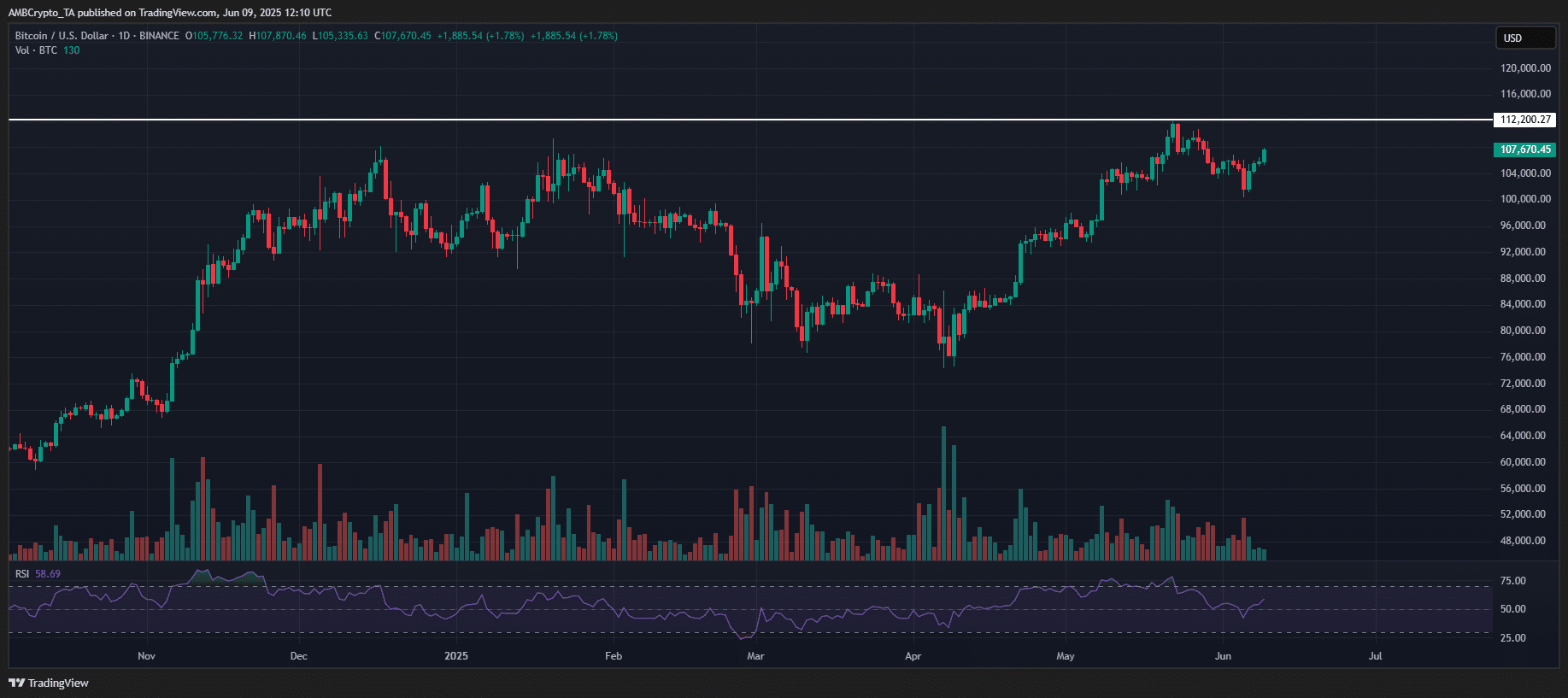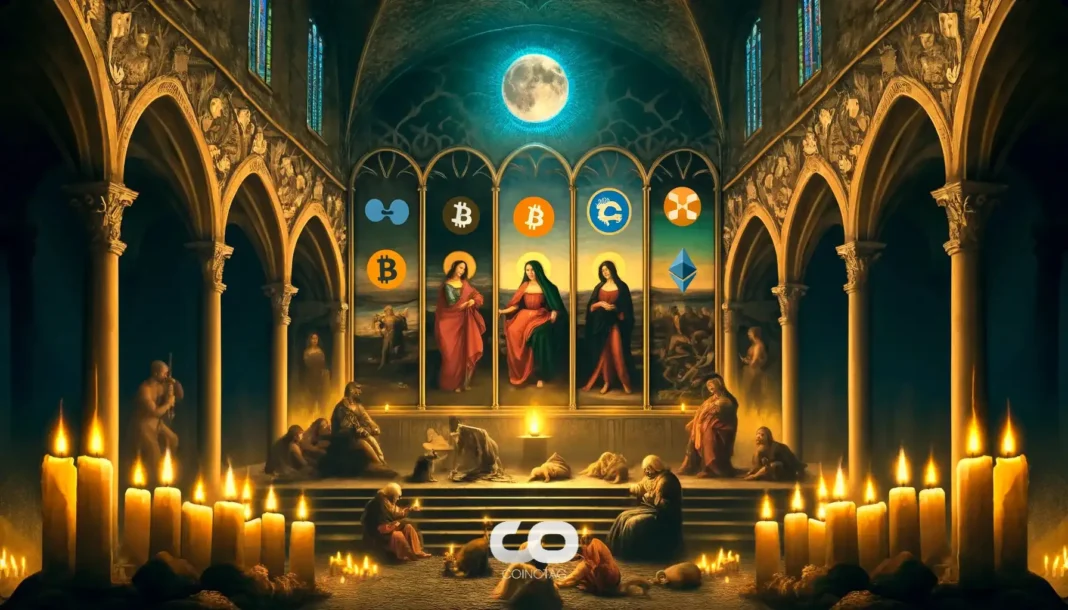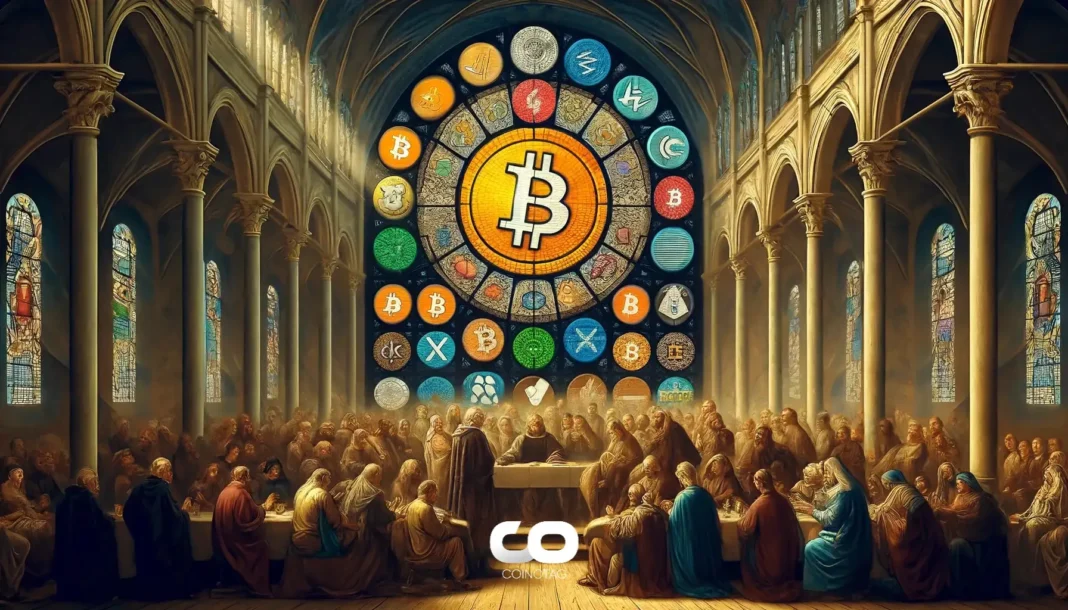-
Bitcoin’s developer community faces a critical debate over node policy changes that could reshape the network’s future.
-
The discussion centers on balancing network security with innovation, highlighting the challenges of decentralized governance.
-
According to COINOTAG, “The consensus mechanism that underpins Bitcoin is at a crossroads, with potential implications for its stability and market confidence.”
Bitcoin’s node policy debate raises concerns about consensus and potential forks, impacting BTC’s stability and investor confidence in 2025.
Bitcoin’s delicate balance: Consensus at risk?
Bitcoin’s foundation lies in its decentralized consensus mechanism, where thousands of independent nodes validate transactions and uphold network rules. This system ensures trustless verification without relying on central authorities. However, the current debate over node policy changes threatens this equilibrium. Developers advocating for stricter rules aim to enhance network efficiency by raising minimum fees and restricting certain transaction types to mitigate spam and optimize block space. Conversely, opponents argue that such restrictions could stifle innovation and fragment the community by alienating users and developers who favor a more open protocol. This tension underscores the fragility of Bitcoin’s consensus, which, if disrupted, could undermine the broader Web3 ecosystem that depends on it.
Possible fork ahead?
The ongoing disagreement over node policies presents two primary outcomes: a soft fork or a hard fork. A soft fork would introduce backward-compatible changes, allowing most nodes to remain synchronized while adopting new rules. This approach minimizes disruption and preserves network unity. However, if consensus fails, a hard fork could occur, splitting Bitcoin into two distinct blockchains with incompatible protocols. Such a split would not only divide the community but also create uncertainty around the value and legitimacy of each chain. Given Bitcoin’s status as a trillion-dollar asset and its role as a market bellwether, any fork could trigger significant price volatility and erode investor trust. Market participants should closely monitor developer discussions and community sentiment to anticipate potential impacts.

Source: TradingView (BTC/USDT)
Implications for investors and the broader crypto ecosystem
For investors, the node policy debate is more than a technical dispute; it represents a potential risk factor for Bitcoin’s price stability and long-term viability. A contentious fork could lead to liquidity fragmentation, increased volatility, and uncertainty over which chain holds the true Bitcoin legacy. Moreover, the outcome may influence regulatory perspectives, as authorities often scrutinize network stability and governance transparency. Beyond Bitcoin, these developments could ripple through the broader crypto ecosystem, affecting altcoins and decentralized finance projects that rely on Bitcoin’s security and market confidence. Staying informed about protocol upgrades and developer consensus is crucial for managing exposure and making strategic decisions.
Community governance and the future of Bitcoin protocol upgrades
Bitcoin’s governance model, characterized by decentralized decision-making and community consensus, faces a pivotal test. The current node policy debate highlights the challenges of achieving agreement in a diverse ecosystem with competing interests. Effective governance requires transparent communication, inclusive dialogue, and mechanisms to resolve disputes without fracturing the network. Innovations such as off-chain signaling and enhanced developer collaboration tools may facilitate smoother upgrades in the future. Ultimately, the resilience of Bitcoin’s protocol depends on its ability to adapt while preserving core principles of decentralization and security.
Conclusion
The ongoing debate over Bitcoin’s node policies underscores the delicate balance between innovation and stability within the world’s leading cryptocurrency. While the prospect of a fork raises concerns about network fragmentation and market volatility, the community’s response will be critical in shaping Bitcoin’s trajectory. Investors and stakeholders must remain vigilant, prioritizing informed engagement and risk management as the protocol evolves. Maintaining consensus is essential not only for Bitcoin’s future but also for the broader trust in decentralized financial systems.







